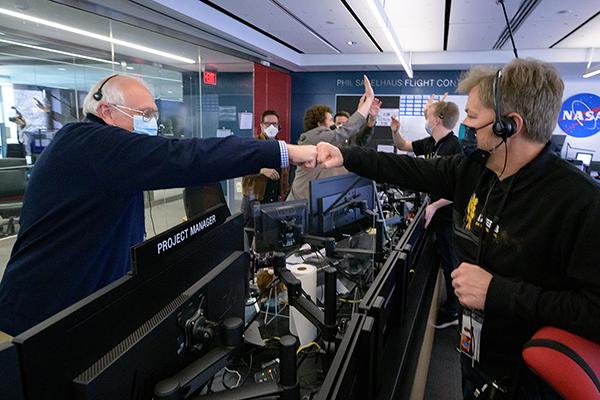
Credit: NASA / Bill Ingalls
CAPE CANAVERAL—Two weeks after the James Webb Space Telescope (JWST) was launched into orbit, the final segment of its 21-ft.-dia. primary mirror—the largest mirror ever flown on a space observatory—was rotated into position, completing NASA’s risky and most technically complicated series of in...
Subscription Required
This content requires a subscription to one of the Aviation Week Intelligence Network (AWIN) bundles.
Schedule a demo today to find out how you can access this content and similar content related to your area of the global aviation industry.
Already an AWIN subscriber? Login
Did you know? Aviation Week has won top honors multiple times in the Jesse H. Neal National Business Journalism Awards, the business-to-business media equivalent of the Pulitzer Prizes.

